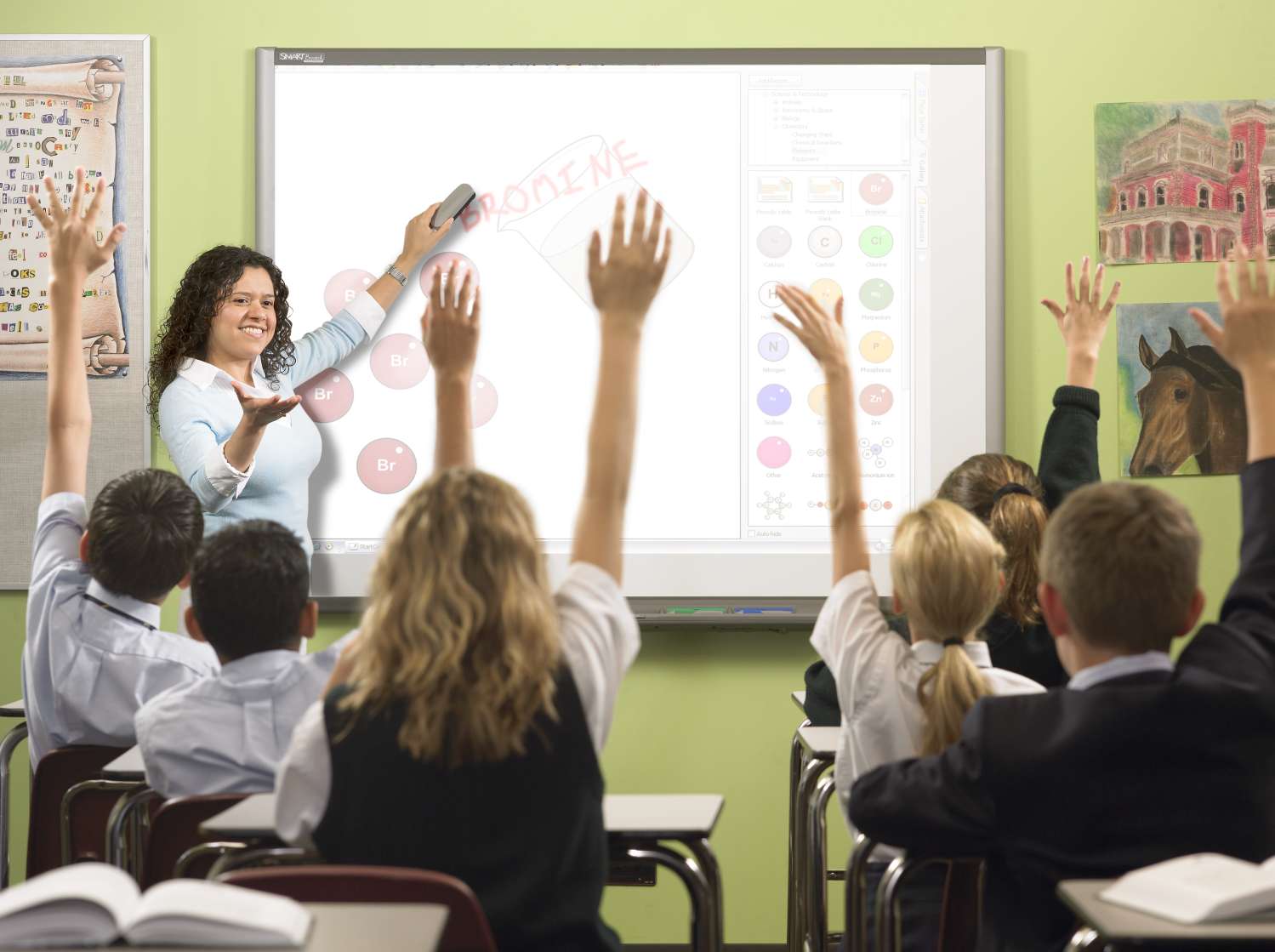Chapter 11: Engaging Students in Performance Assessment and Reflective Learning
Focus Question: Describe the use of assessment in schools.
Assessment is very important to many aspects in schools. Assessments include tests, quizzes, group projects, writings, homework, individual presentations, teacher observations and more. All teachers must evaluate student learning but it is not about simply giving test or quizzes after a lesson. Assessment is multifaceted and includes three related elements.
The first is a new teacher assessment or how supervisors will access your work. As up and coming teachers are getting ready to begin their careers professors and supervisors are continually evaluating their academic and classroom performance. They must pass many tests and be observed by mentors or supervisors in a classroom.
The second is a student assessment when a teacher must assess students learning as well as their effectiveness as a teacher. A teacher must provide many evaluations of students throughout a school year, these include report cards, exams and quizzes, and more. Teachers are also expected to provide written and oral feedback to students and families. A teacher must also be able to assess themselves as to whether their students are learning, and if they aren't, they must be able to change and fix the situation.
The third is the student self-assessment and how students will participate in the assessment process. A teacher benefits greatly when students are active partners in the evaluation of their own learning. It helps them feel meaningful and appreciate the curriculum.
(http://wardtech.weebly.com/1/category/teaching/1.html#sthash.VcOn0N8a.dpbs)
Tech tool: Digital Portfolio Building Resources
Digital portfolio building choices range from premade to do it yourself design programs. Some may charge a fee, and some may be better than others. One often used is TaskStream. It is a software that provides users with a variety of designs and options and can be accessed by people of your choosing or everyone.
iLife is another option and a software created by apple and allows you to include pictures, videos, sounds and more.
There are also many apps for building portfolios including Webshots, Inssu, Mixbook and Plkiwiki.

(https://www1.taskstream.com/solutions/)
Summary of Chapter:
Assessments are very important in schools and there is a variety of ways to assess students and teachers performances. Tests, quizzes, observations, and more are all valuable assessment tools.
A teachers digital portfolio is also very important, it is an individually prepared collection of work that communicates who a teacher is and what that teacher knows and is able to do in academic subjects and classroom teaching. It allows them to display information creatively and makes it easy for a range of people to access.
Personal connection: Technology has never come easy to me but as a future teacher I understand that is something I must overcome and when I create my digital portfolio I will use a variety of references and sources to help me.
